The time has come to devote a small space to learn about the history and evolution of banknotes or paper money, which have reached our days.
We have already seen in detail the origin of currency and its two periods of splendor in Greece and Rome. On this occasion, we will travel a little further East, to the vast China, where we find the origins of paper money, without which we couldn’t understand today’s commercial transactions.
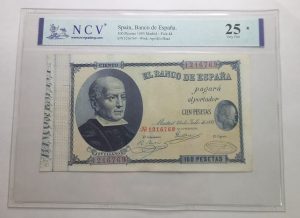
Pre-paper money
The earliest account of the concept of paper money that we find in historians’ accounts and chroniclers is the deerskin banknotes of Emperor Wu Di in the 2nd century BC. At a time of economic expansion, with the beginnings of the Silk Road that linked the empire with the European continent through Central Asia, as well as other trade routes, the territory controlled by the Han dynasty grew. Holding the whole network required consistent financing: the issuance of currency was centralized and homogenized, and alternative and imaginative forms of collection were used, including banknotes made of deerskin bred in the imperial gardens.
Although no specimens survived, they seemed to consist of a 30 x 30 cm piece of leather with a fringed edge. Princes and aristocrats acquired one of those in exchange for 400,000 copper pieces. Although it is true that since they were not conceived to circulate outside the court but rather as a tax on great fortunes and could not be considered paper money as such, they laid the foundations for what millennia later would become common throughout the world.
First legal tender banknotes
As we said before, we find the origin of the banknote as such in China in the 7th century, although its use became legal tender throughout the country until 812 AD, two centuries later. At first, they were a kind of promissory note issued by individuals and equivalent to an amount of gold or silver to avoid carrying metals in their journeys. Easier and also safer. On the other hand, copper, an increasingly scarce resource, was limited, which also motivated the development of monetary alternatives.
These banknotes, not yet issued by the state but by prominent families, soon became very important in the Chinese economy. That is why, under the Sung dynasty, the state decided to regulate the issuance of paper money. The first surviving Chinese banknote is the 1000 cash, issued by the Ming dynasty during the Great War (1368-1398).
China had all the elements to be the pioneers of the banknote: they had paper, ink, printing techniques, and a flourishing trade.
Banknotes appeared in the 10th century and were soon followed by counterfeits, which led to the first regulations on their use. Private banknotes were prohibited, and only those issued by the government, made from a black sheet of mulberry tree bark, were considered valid. Other dangers, such as over-issuance, inflation, and devaluation, emerged soon after.
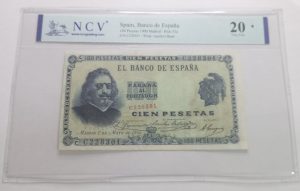
Entry of paper money into Europe
The existence of this novel method of payment was brought to the West by the Venetian merchant Marco Polo. However, his stories about banknotes took a long time to penetrate the European mentality, which was far from understanding what those valuable papers consisted of. Explaining at the time that a few small pieces of paper could be worth more than a whole chest of gold or silver coins had to be challenging. Even so, Marco Polo gives paramount importance to this commercial advance, dedicating an entire chapter of his Book of Wonders to it. There, he relates how the Great Khan ordered to make large quantities of paper money, extracting it from mulberry shells, and had his seal printed. It was to be used for any form of payment. When the paper money wore out, it was taken to the Great Khan, who exchanged it for a new bill, keeping himself a 3% commission.
It took 300 years more before paper money was introduced into Europe. The first in Europe was issued by the founder of the Bank of Stockholm (Sweden), Johan Palmstruch, in 1661. The government had begun to mint lighter coins with less copper, so the older, heavier coins, increased in value, and the customers who had deposited them in the bank were anxious to get them back as soon as possible. To calm this widespread fever, Johan Palmstruch began to give his clients certificates or receipts for the coins they had deposited, granting them the right to withdraw them whenever they wished. Thus was born, collaterally, the general confidence in the bank and its word.
Those banknotes were called Daler and already had all the characteristics that today’s banknotes still have: serial numbers, signatures providing a guarantee of repayment, and anti-counterfeiting measures.
The convenience of banknotes as a method of payment was undeniable. However, Palmstruch faced the same problem as China: the over-issuance of banknotes, partly due to the abuse of power by the king and his officials when it came to borrowing money. News began to spread that there was no backing for all the banknotes, leading to the discredit and closure of the bank in 1666 and the imprisonment of Palmstruch.
First banknotes in Spain
Shortly after the Swedish experience, the rest of the neighboring countries followed in its footsteps, issuing the first paper money in the 17th century, extending to the whole European continent and, consequently, to just about the whole world in the 19th century.
In Spain, paper money was seen as a way of meeting the costs of the war against England. It began to be issued by the Banco Nacional de San Carlos —literally, “Saint Charles National Bank”, the predecessor of the Bank of Spain (Banco de España)— on March 1, 1783, during the reign of Carlos III. Its value ranged from 200 to 1000 Fleece reals (Reales de Vellón). The challenge was solving the Royal vouchers’ rapid depreciation (Vales Reales). Its use quickly became popular among Spaniards, who quickly saw the new product’s convenience and security.
Since then, and to the delight of all collectors, each banknote has its own history, monarchs, artists, scientists, monuments, and literary quotes.
Do you happen to still keep any old peseta banknotes? Let us know!
__
Sources:
http://curiosidadesnumismaticas.blogspot.com/2020/08/los-primeros-billetes.html?m=1
https://www.moruzzi.it/lang3/una_breve_historia_del_billete.html
https://blog.caixabank.es/blogcaixabank/historia-de-los-billetes-mas-de-mil-anos-de-mano-en-mano/#

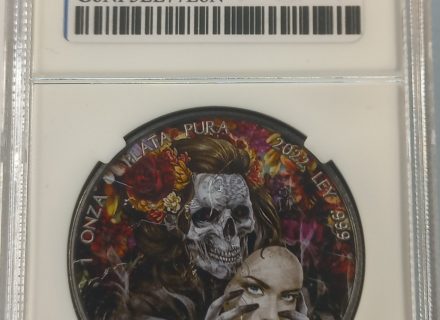
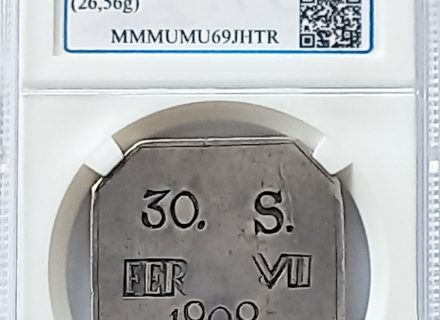
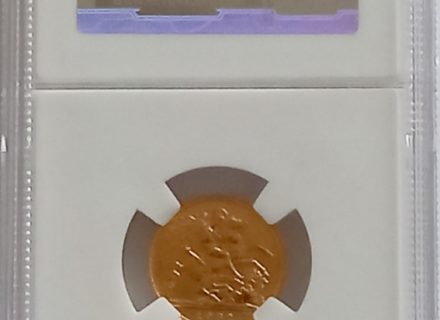
1 Comment
Comments are closed.